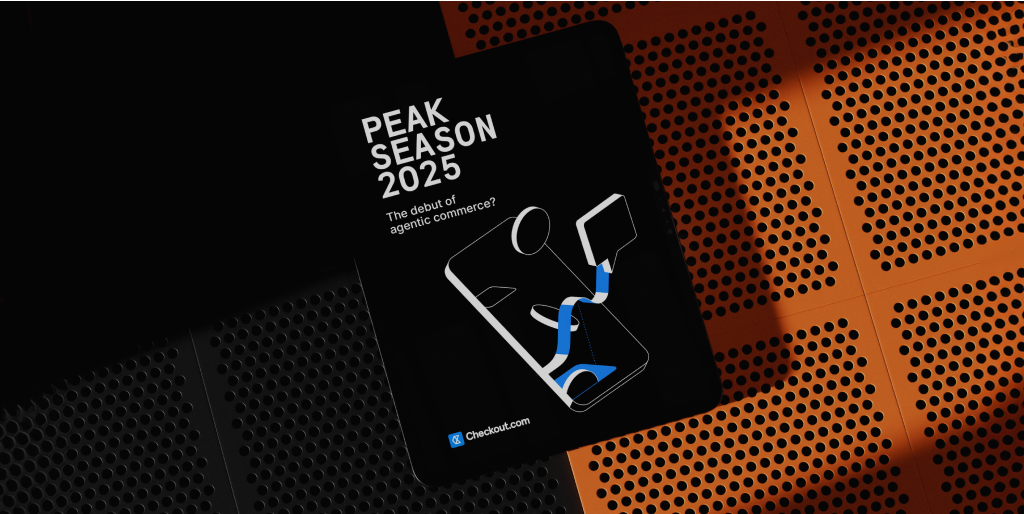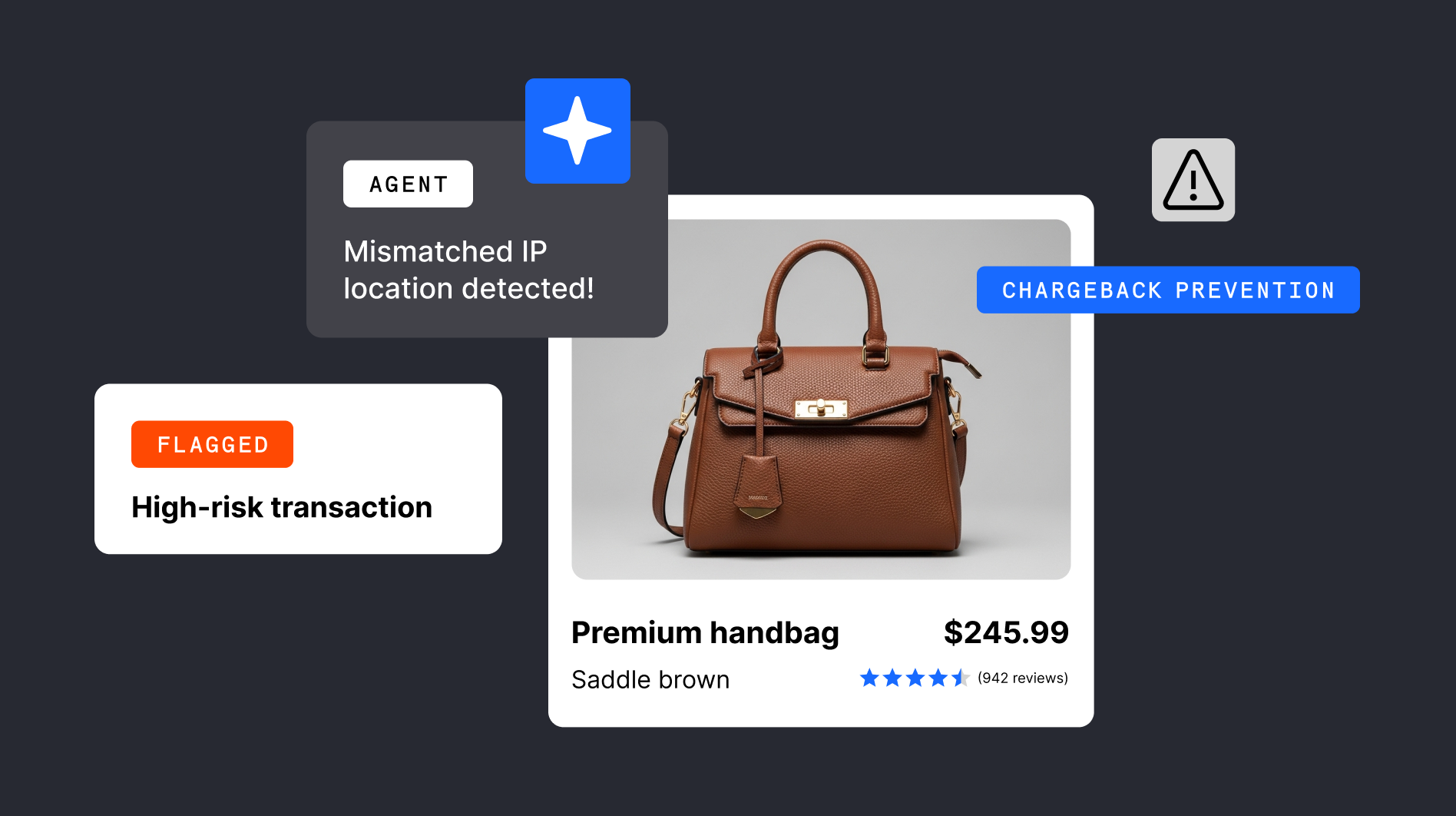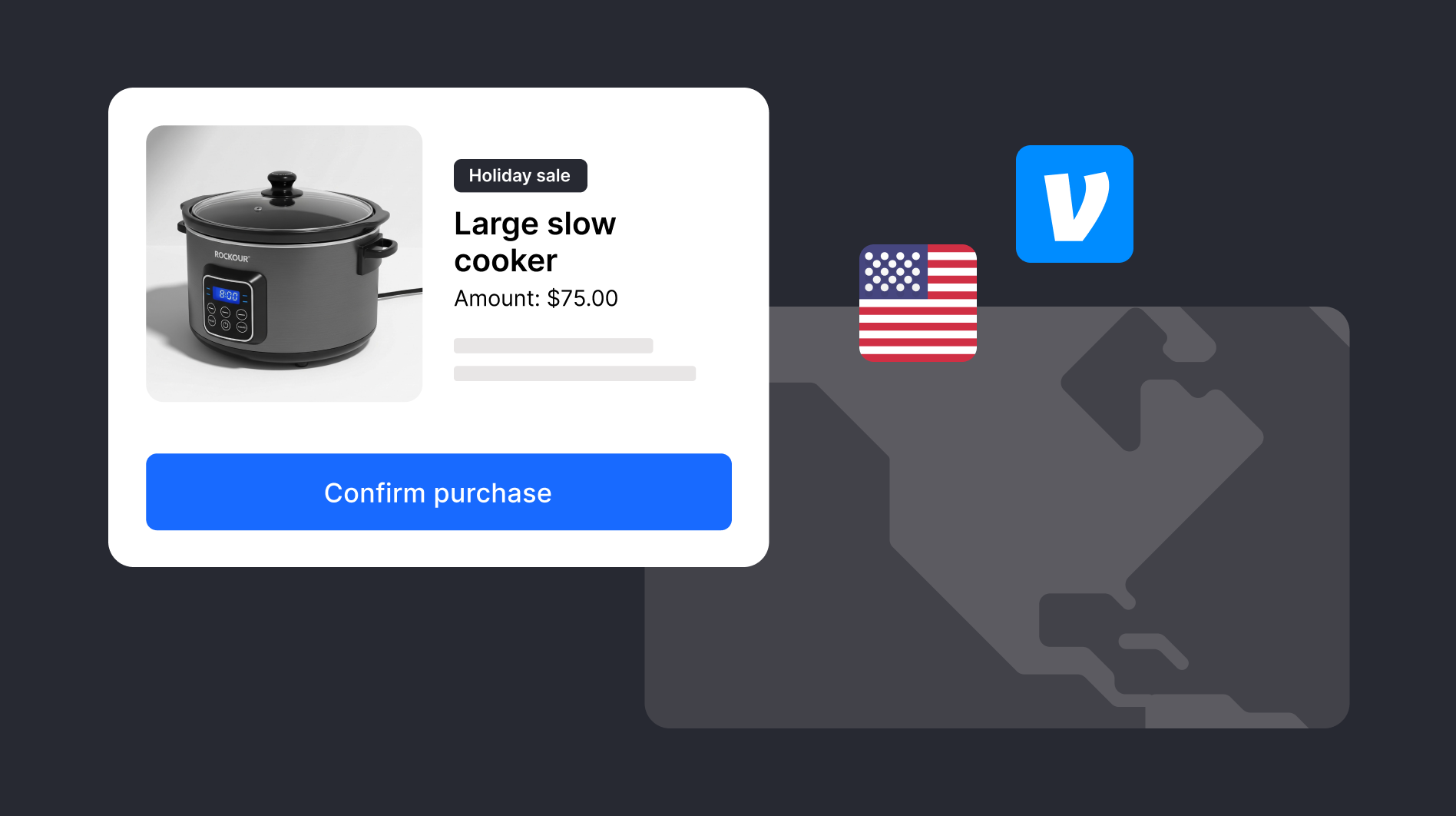There are many reasons to leave a purchase behind – and even more during the busy holiday shopping seasons like Black Friday, Cyber Monday, and Christmas time. Distractions, money concerns, lack of time, and a pressure to buy just the right thing can trigger more cart abandonment than usual. And yet your business is under pressure to attract those same busy customers. This brings a special focus to web sale conversions: what exactly makes the difference between a successful purchase and an abandoned cart?
Our latest consumer research sheds light on this important issue. Our earlier research dove deep into the trust issues between merchants and customers. If a customer can’t trust your website or app, why would they trust you with their funds? This guide will show you how to earn customer trust and improve conversion rates.
Consumers worry about merchant fraud and data theft
Let’s get into the mind of the customer. During the busy sales season, it’s easy to forget that consumers have a lot of competing priorities – everybody needs to buy presents, yet one wrong transaction can mean months of financial damage. On the other hand, customers are looking for reasons to trust you, and they’re ready to spend online.
That means we’re looking to strike a balance: both parties need reasons to trust one another. What’s standing in the way?
What are your biggest concerns when shopping online?
- Products not matching their description or quality expectations: 35%
- Fake sellers, counterfeit goods, or misleading reviews: 35%
- Delivery delays, missing items, or stolen packages: 31%
- Hackers stealing my personal or payment data directly: 29%
- My data being sold or misused by retailers/third parties: 28%
- Retailers being hacked and my data exposed: 23%
Survey: 2,000 nationally representative UK consumers 15th to 17th September 2025
The top customer concern is a fear that the merchant may send something unexpected: the fabric feels wrong, the material isn’t strong enough, or it’s not the right size. This is easy enough to remedy: check your product page text carefully, and take care that AI-generated product descriptions aren’t putting your revenue at risk. After all, consumers have a right to a replacement or even a refund if the product description is wrong. Your returns policy can make a difference too: half of Spanish shoppers feel decreased trust and loyalty when paying for products online if there is no easy returns process.
Closely related is the possibility of rogue merchants taking customers’ money. More than one in three (35%) consumers are mainly concerned about fake sellers, counterfeit goods or misleading reviews. This is where the right payment methods can build trust for both parties: credit cards offer the protection of chargebacks for customers, and authentication protocols can reduce merchant losses from friendly fraud.
Data privacy concerns are, rightfully, a worry for consumers as well: around one in three (29%) fear hackers may steal their personal or payment data. Security, clearly, is a central concern.
Checkout page checklist to help you improve conversion
It’s clear that a lack of trust is damaging conversion at checkout: when shopping online customers have many reasons to doubt the safety of the transaction. Here is a handy checklist to increase trust and, therefore, conversion:
- Only allow authentic customer reviews on your site, such as those from customers who have made a purchase with you
- Make sure each product description is clear and accurate, providing all the details that the customer needs to know, such as length, weight, size, and quantity.
- Ensure your refunds and returns policy is clearly displayed and up-to-date
- Make it easy for customers to contact customer service, to build trust in your brand
Security concerns push half of consumers away from checkout
We’ve all been in that situation: you find a great deal online. That pair of shoes, coffee table or new pair of headphones. It’s the brand you like, fast delivery available – and it’s your favorite color. The price is right, so you click “add to cart” then you’re ready to pay. What happens next: this moment is everything. You have to decide whether or not to send your money over to this merchant. Can you trust them? How do you know?
Maybe the language on the page seems wrong. The currency is not familiar to you. Or you can’t use a payment method you trust. Those subtle psychological signals trigger mistrust – and can turn a sale into a loss.
“I’ve abandoned checkouts due to security concerns”
- Germany: 47%
- UK: 28%
- France: 26%
- Spain: 24%
- The Netherlands: 19%
YouGov survey of 8,182 consumers for Checkout.com in 2025.
We can see that doubts over security are a clear cause of checkout abandonment. This is a greater concern for German consumers – half of whom have left an online checkout over security worries – compared with French or Spanish consumers, where only one in four have done so. Nonetheless, one in four consumers is still a large enough portion of your potential customer base that you must address the issue.
Next we’ll look at the factors that make a checkout process feel safe.
Payments must look safe – as well as operate safely
A lack of confidence in payment safety is a top reason for lowered trust in a brand. It’s no surprise: the consumer may never meet the merchant in person, so they need a good reason to believe their money is safe. Half of consumers in the UK, France, and Spain said feeling uncertain about the safety of the payment process would decrease their loyalty.
Here’s a snapshot from our 2025 YouGov survey of 8,182 European consumers:
Top factors that erode trust and loyalty when paying for products or services online
That means you’ve got to convince your customers their online transfer is safe with you. Not only do you need a trustworthy payments connection, you’ve got to show it’s trustworthy, too.
Factors that build trust at the payments page include:
- Displaying the checkout total in the correct currency
- All text is in the customer’s preferred language
- The customer can choose their preferred payment method
- Logos of recognized payment methods such as Visa, Mastercard, etc.
A modern payment solution such as Flow is a clever bit of code optimized for conversion at checkout. It’s built with customer experience as the top priority: making the payment data easy to collect and secure to transmit, even if you have a lower level of PCI compliance.

Be careful of the one-time password
Of course, all online payments in the EU and the UK need to be submitted with 2FA (two-factor authentication) in line with European payment regulations. However, it’s worth carefully considering exactly how you set this up to maximize conversion while keeping payments secure.
Our latest consumer research found roughly one in ten consumers regularly leave a purchase behind because they were asked for a one-time password. It seems the hassle of this interruption is too much to make it worth the effort, for some. After all, the same product may be easily available somewhere else. So your customer could quickly find their desired purchase from your competitor.
“I often abandon purchases when asked for a one-time password.”
- Germany: 14%
- UK: 12%
- Spain: 12%
- The Netherlands: 11%
- France: 9%
Modern payment technologies can automate some of the payment authentication process, making the checkout experience smoother for the customer. Implementing such systems can speed up the transaction process, keeping your customer happy. If you avoid the extra step of the one-time password, you could improve your conversion rates online.
Smoother payments with automated authentication
Remember that exemptions to Strong Customer Authentication (SCA) apply to certain transactions. For example, low value payments (under €30) do not need additional authentication data, so you don’t need to collect it.
Mobile technology such as face scans and fingerprint data can also improve conversion rates because these biometrics can be used for SCA.
Your payment method mix matters, too, because certain payment apps will speed up the checkout process for your customer. Not only can these increase conversion, but such alternative payment methods can reduce chargebacks, as well. Biometric data authentication underpins both of these bonuses – so it’s certainly worth considering how you can collect this for your payment flows.
For more ideas on improving conversion at your checkout, contact your Checkout.com account manager or get in touch with our sales team.



_conversion%20tactics.png)







.png)




